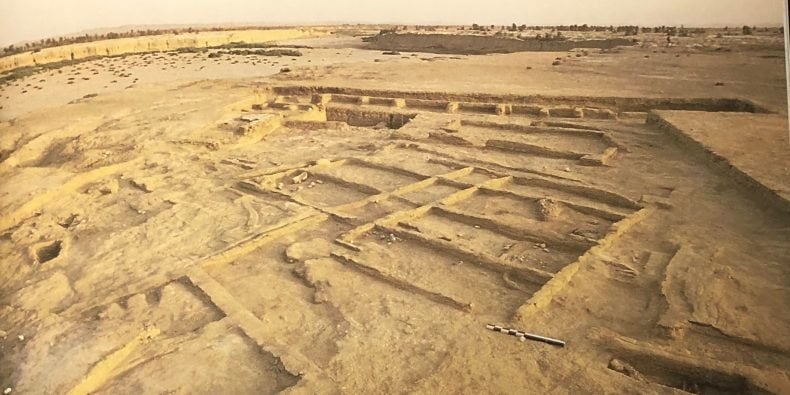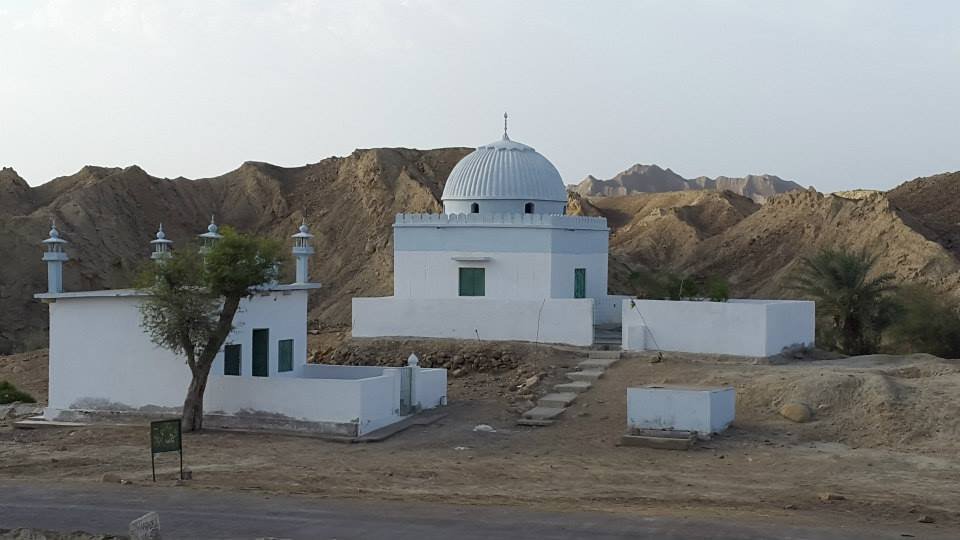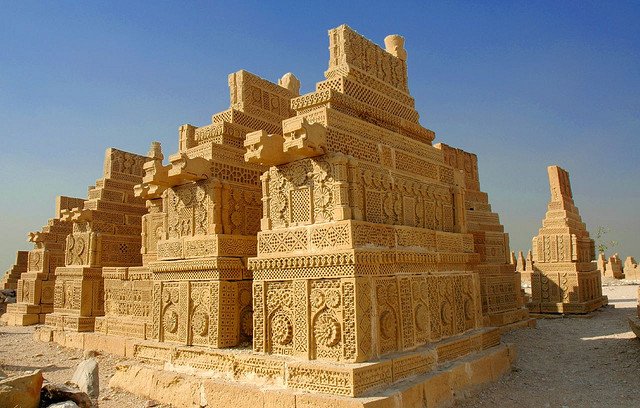Balochistan is a habitat to the artefact of the earliest human civilisation found at Mehergarh. Nearly 2000 years before Indus Valley Civilisation, there was a civilisation in Mehergarh near Bolan. Archeologist considers Mehrgarh as one of the most important Neolithic sites. In native Balochi, “Mehar” stands for love and “Garh” for heaven, translating Mehrgarh into “the heaven for love”. Speaking of that, Baloch people are surely loveable people and Balochistan is truly heaven that is enriched with traditions and culture. It has beautiful places with archeological sites that have always been neglected due to the political crisis since its inception. Balochistan is a pivot of historic places, forts, and cultural heritage. Each place holds a historic tale within itself.
The fort of kharan is considered the heritage of a princely state which was built by Azad Khan Nosherwani. It is a two-storied fort and is spread on an area of 400 square yards.
Then there is Mir Chakar Fort which is situated in Sibi (a city at a distance of 160 km southeast of Quetta). It was built by Mir Chakar Khan Rind a well known Sardar of Baloch tribe. He is remembered as a Baloch Hero who defeated Lashari Tribe after the war which lasted thirty years. After that victory, he went to lead a war against King Sher Shah Suri of Afghanistan.
Godrani also is known as Shehr-e-Roghan or Purana Ghar is located near the city of Bella in Balochistan. There are a lot of myths associated with this place. One of the local myths is that King Solomon’s beautiful daughter was possessed by six demons. The king invited seven brave men to save his daughter. All of them failed but Prince Saiful Muluk rescued her from the demons.



Before Romeo and Juliet there was Shireen and Farhad, two lovers with a tragic ending. The tomb of Shireen is located in Balochistan, around 15 km from Bela City while going towards Awaran.
Then there are Chaukhandi tombs, attributed by Jokhio and Baloch tribes whose men were fond of horse riding and animal hunting, and whose women wore beautiful jewelry.
There are many exotic attractions on the land of Balochistan that adds glorification to its beauty.
Hingol National Park and Princess of Hope is a place that is surrounded by mountains and blue waters. Markhor, which is the national animal of Pakistan can be seen roaming in the valley of Hingol National Park. This valley has a delightful landscape of towering precipices, zeniths, and braces with the river turning between.
Kund Malir is a beach in Balochistan, Pakistan located in Hingol National Park, about 150 kilometres from Zero-Point on Makran Coastal Highway. The drive between Kund Malir and Ormara is considered to be scenic. The area is part of Hingol National Park.
Balochistan is also famous for its hill stations and its scenic beauty. Shaban valley, Pishin valley, and Ziarat are the famous ones.
Hannah Lake is located in Urak valley near Quetta. It is the most visited place in Balochistan due to the easy accessibility of water.
Moola Chotok is considered as a hidden paradise located in the Khuzdar district of Balochistan. In the Brahui and Balochi languages, the word ‘chotok’ is used for certain types of water falling from the top.


The two mountaintops with religious significance are Koh-e-Murad in Turbat which is considered sacred by the Zikri community among the Baloch who hold their religious observance there, especially during Ramzan and the shrine of Shah Noorani, who is said to be a descendent of Muslims Leader Prophet Muhammad.
Besides this there are a lot more eye-catching attractions in Balochistan than these. The geographical sketch of Balochistan is dotted with beautiful hills, mountains, and deserts which is paramount of this province other than being the largest one. It is the land of people who have always been misunderstood, people who have always been neglected, and deprived of their rights. Yet, Baloch people are significantly prominent among others due to their culture and traditions.
On asking a Baloch student of International Relations Saad Aalam Angaria, about their ethnic patterns of living and traditions he told an interesting side of Balochistan.
From which area of Balochistan you belong to tell something about it?
I’m from Lasbela, it is a coastal district of Balochistan with an extensive coastline on the Arabian Sea to the south. Lasbela was bordered by the princely states of Kalat and Makran to the north and west. The main ethnic groups are Baloch and Sindhis. Much of the population also speaks a language called Lasi, which is derived from Sindhi or Jadgali.
The principal Lasi tribes are only five in number, namely Jamot, Ranjha, Sheikh, Angaria, and Burraf. These are called the Panjraj or the five tribal confederacies
What do you feel the most important thing about your culture and Baloch people?
We, Baloch people are famous for our generosity and hospitality. Guest is considered as considered a blessing from God. Some people even slaughter sheep or goat for their guests to welcome them. Baloch culture is full of many social festivals like the Sibi festival which has folk music performance, cultural dances, handicrafts stalls, cattle shows. Buzkashi is another festival showing rather enhancing the bravery of Baloch people. The drum, the lute, and the shepherd’s flute are the most common instruments for accompanying the singing and dancing in Baloch culture. The dress that we wore is very unique. Turban is the common headwear of the men. Wide loose shalwar (a bit similar to loose trouser) and knee-long shirts are worn by all. The dress of the woman consists of the typical shirt having a big pocket in front. The shirt normally has embroidery work with embedded small round mirror pieces. A dupatta or chadar, long rectangular piece of cloth cascading down the shoulders and used to cover the head, are used by the women.
What are the gender roles in your culture?
Gender inequality and misogynistic behaviour of men are one of the barriers in the progress of Balochistan. Although men who get exposure to education and outside the province they let their women get an education, jobs, and other activities that can help them to move forward according to time. However, the women are skilled at embroidery and decorate their clothes with elaborate geometric and abstract designs. They make felt from sheep’s wool and also weave rugs for their own use and for sale.